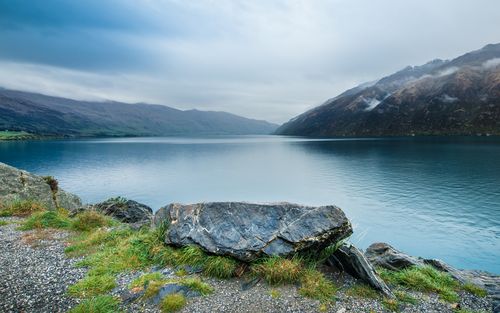Uncovering the Past: Cultural Evolution in Photos
Photographs have always been a fascinating way to capture moments in time, and over the years, they have become an invaluable tool for historians to study different cultures and their evolution. As technology has advanced and photography has become more accessible, it has opened new doors to understanding the world around us.
In this article, we’ll explore the cultural evolution depicted in photographs and how they can offer us insights into the past.
The Power of Photography
Photography has the power to capture moments in time that would otherwise be forgotten. By documenting people, places, and events, photographs paint a picture of society at a particular period in history.
Over time, as societies change, so too do their cultures. From fashion trends to political movements, photographs offer a window into the evolution of culture.
Studying Culture Through Photography
Historians have long relied on photographs as a primary source to understand cultures of the past. Photographs provide not only visual documentation of events and people, but also emotional context. They allow us to see the world through the eyes of those who lived it.
For example, photographs from the Civil Rights Movement in the United States provide a powerful visual representation of the struggle for equality that African Americans faced. They document both the peaceful protests and violent clashes, giving us a glimpse into the emotions and experiences of those involved.
Similarly, photographs from cultural events such as festivals and parades can help us understand the traditions and rituals of a particular society. They provide a visual record of costumes, dance, music, and food, all of which are essential components of cultural identity.
Changing Perspectives
Photographs not only capture moments in time but also change the way we see the world. They have the power to challenge our assumptions and change our perspectives.
For example, photographs of women working in factories during World War II challenged the traditional gender roles of the time, showing that women were capable of performing jobs previously reserved for men.
Likewise, photographs of poverty-stricken areas and marginalized communities can bring attention to social issues and inspire change.
Conclusion
In conclusion, photographs provide a vital tool for historians to understand the cultural evolution of societies over time. They offer a window into the past, providing insights into the emotions and experiences of those who lived it.
By studying these photographs, we gain a greater appreciation for the diversity of cultures and the complexity of human society. As technology continues to advance, it’s exciting to think about the role that photography will play in documenting the cultural evolution of future generations.
(Note: Do you have knowledge or insights to share? Unlock new opportunities and expand your reach by joining our authors team. Click Registration to join us and share your expertise with our readers.)
Speech tips:
Please note that any statements involving politics will not be approved.
